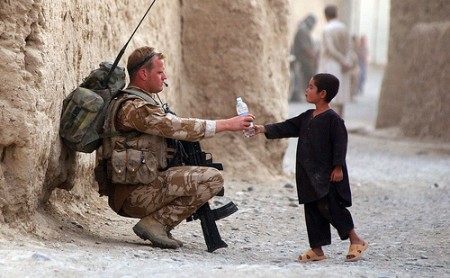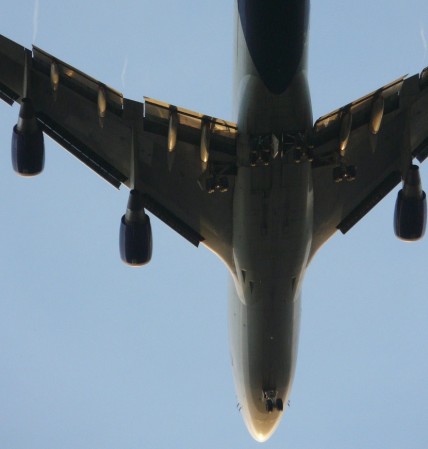Although high up on the list of security policy priorities, the scope of Islamic terrorism and its ideological underpinnings remain contested. With fundamental implications for counterterrorism efforts, a clear understanding of the roots and implications of jihadism are crucial to the formulation of effective responses.
This week’s Special Report sheds light on this complex phenomenon and contains the following content, navigated along the tab structure above:
- An Analysis by Kaisa Schreck examines the history and practice of jihad from a conceptual standpoint.
- In our Podcast interview Lorenzo Vidino of Harvard University discusses the “Europeanization of jihad” and the unprecedented challenge that this poses to governments as they seek to prevent future attacks while countering the narrative of radicalization.
- Security Watch articles examining the fight against jihadism in Bosnia, Kenya, Somalia and Yemen.
- Publications housed in our Digital Library, including an International Crisis Group report on jihad in Indonesia.
- Primary Resources, including Obama’s speech in Cairo.
- Links to relevant websites, including an article analyzing the root causes and religious justifications of extremism in Saudi Arabia.
- Our IR Directory with relevant organizations, among them the Quilliam Foundation.




